Related: How You Can Build the Best VoIP Architecture for Every Network Type
How VoIP Porting Works
When you acquire service and a router with the new VoIP provider, be sure to inform them you need to port numbers from your current provider. Be sure to maintain your previous service until you’ve successfully ported your numbers to the new provider. You can request temporary numbers to bridge the gap if you need to switch providers fast. Simply set up your numbers to automatically forward to the temporary numbers until porting occurs. Your numbers will switch over to the new phone provider when porting is complete. Also, note that the FCC requires vendors to allow you to port to new service providers, regardless of outstanding billing issues, so never let money owed stand in the way of switching to better service. But, be sure to have all pertinent identification information to prove the validity of the number migration in a Letter of Agency. This can include past billing statements, EIN/tax ID numbers, social security numbers, and account PINs. Once authenticated, your numbers will port seamlessly to the new service provider.
Requirements for VoIP Porting
Once you’ve signed a contract with the new service provider, you’ll need to provide the following information to facilitate the phone number porting process:
Letter of Authorization (LOA)
This is the document that allows your new vendor to interact with your previous vendor and act on your behalf. Not only does the letter of authorization validate your porting request, but it details who is authorized to make decisions regarding the relevant telephone numbers.
All Phone Numbers
You’ll need to provide a list of every phone number you want to port, being sure to include all extensions requiring service provider migration.
Current Phone Bill
Providing your current bill serves as further proof of phone number ownership and provides the most required information in an easily accessible form.
Previous Account Number
For your new service provider to communicate with your previous provider and port the numbers, they will require the old vendor’s name and account number representing the numbers you wish to port.
Related: Six Critical Steps You Need to Know When Switching to VoIP
Wanting to keep up to date on the many changes coming to the tech and communication fields? Check out G12 Communication’s Blog for all the latest news!
Essential Considerations when VoIP Porting
VoIP porting isn’t always easy. Be sure to keep in mind the following when planning your VoIP number migration.
Portability
While the FCC requires numbers to be portable, some complications can arise that prevent porting. If your new provider doesn’t yet have coverage in the area, you may not be able to port the numbers to them. Additionally, if your number has gone out of service, you won’t be able to port the number. There must be an interconnect agreement between the current carrier that holds the number you wish to port and the VoIP provider you want to port to. If any of these complications arise, you may be forced to select new numbers, so be sure to investigate properly before pulling the trigger on a new service provider.
Porting Duration
While number porting should be reasonably easy to accomplish, the process can sometimes take up to 4 weeks to complete. While the numbers are porting, you’ll still have access to your phones and will be able to utilize the numbers while they’re still housed at your previous provider. Your new provider should inform you when the digits will successfully port over. Keep in mind that porting toll-free numbers can take longer, and you’ll want to make sure service is not interrupted during the transition.
Canceling Previous Service
Never cancel your previous service until porting is complete with the new service provider. Though your last provider may try to get you to stay or threaten retaliation due to outstanding balances, they are legally prevented from blocking the port out request. You will be liable for all outstanding balances and any early termination fees, so be sure to handle any billing issues before they’re reported to credit collectors.
Business Phone Security
Maintaining the integrity of your phone service is vital to combating fraud and abuse. For this reason, porting requests must be authenticated before service can be transferred to another vendor. Be sure to keep PIN and account numbers safe and always remember why you decided to leave your service provider in the first place, as they’ll try everything within their legal means to keep you on as a customer. Remember, they cannot retaliate or deny porting requests, regardless of payment status, if you’ve provided all necessary information to authenticate your request.

Troubleshooting the VoIP Porting Process
Problems can arise while porting your number to another service provider, but often there are solutions to resolve those obstacles.
Incorrect Contact Details
If your name or address varies from the service request, you may have to provide additional proof of identification to demonstrate ownership of your phone numbers successfully. Don’t get frustrated should this occur; the verification is a security measure to protect your accounts.
Telephone Number Not Found
User error can result in the new vendor being unable to match a port request to the same number owned by the previous vendor. While this might delay your process, the porting won’t work, and a correction will need to be made. Once accurate information is provided, the porting will be able to proceed.
The Old Number Has Been Disconnected
You may have to take additional steps to get your number ported if it’s been disconnected. If the disconnection has been in effect for some time, the number may get assigned to another customer. If this occurs, you will no longer be capable of porting the numbers and will need to obtain new ones. Once a line is disconnected, a telephone provider can require bill settlement before releasing the number to your new provider, so always ensure your account is active when starting the porting process.
DSL Phone Lines
Unless the DSL provider allows for a dry loop, you may be required to obtain a new associated phone number. Always check with the DSL provider before porting one of their numbers.
Toll-Free Redirect
If the number getting ported is being redirected to a 1-800 or other toll-free numbers, keep in mind, it may take extra time to complete the porting process. Plan accordingly.
Related: The Pros and Cons VoIP: Should You Make the Switch?
Learn to communicate and collaborate from anywhere. Check out G12 Communications today!

Port of Call
VoIP number porting is a convenient way to maintain continuity of communication when switching service providers. There may be obstacles requiring determination and follow-through, but the results will be worth it when customers can continue to reach out to your business the same way they always have before.









